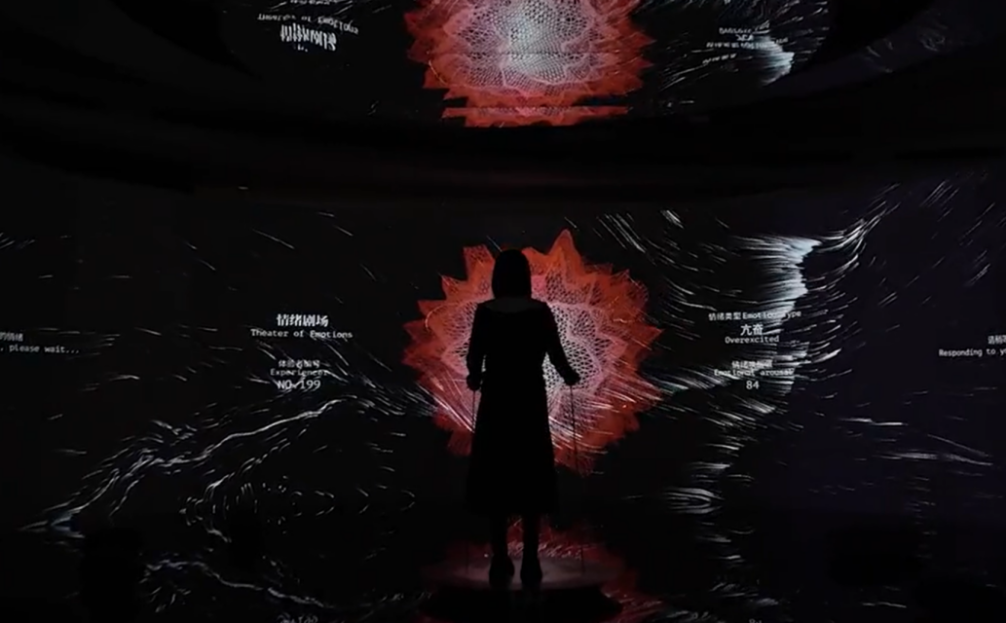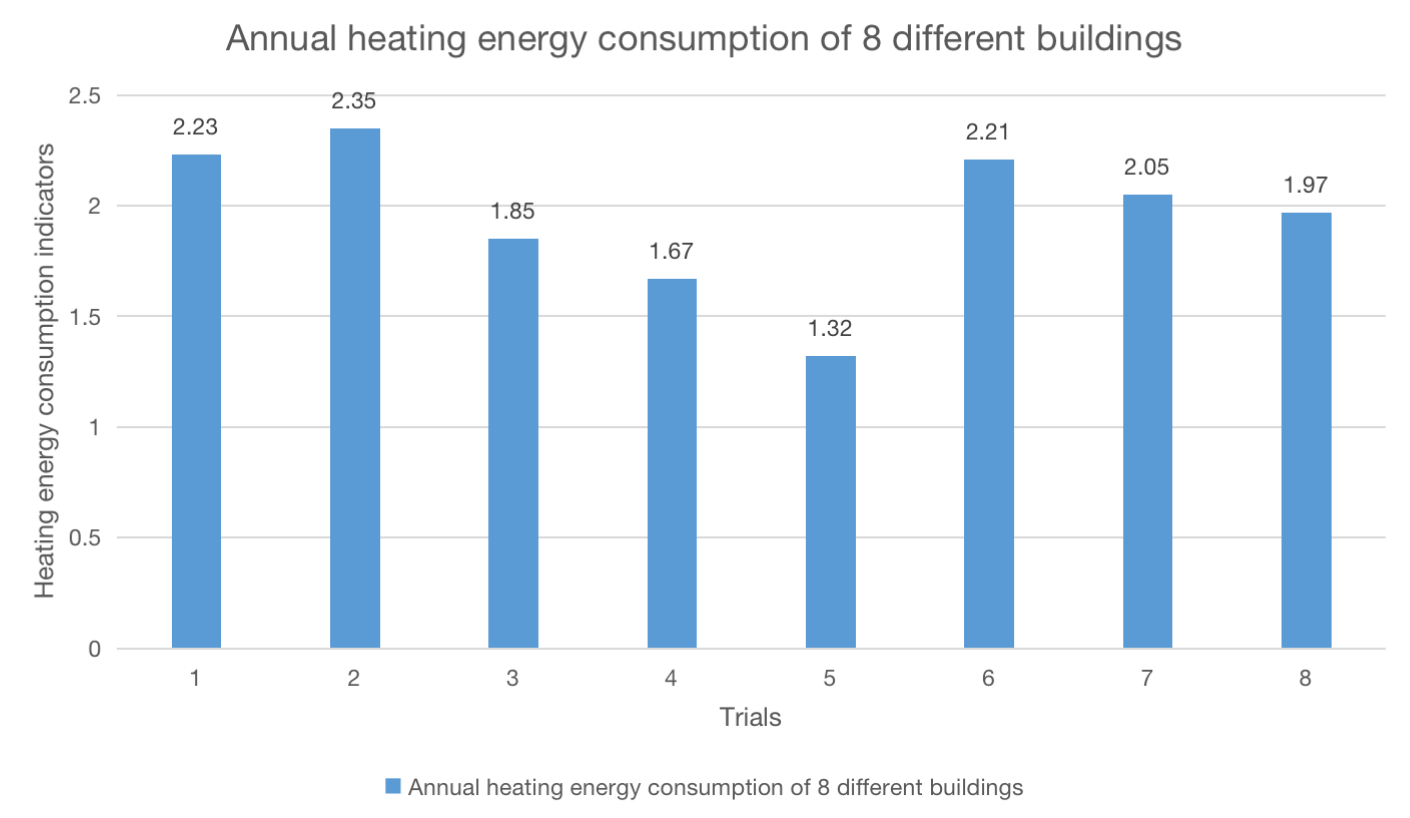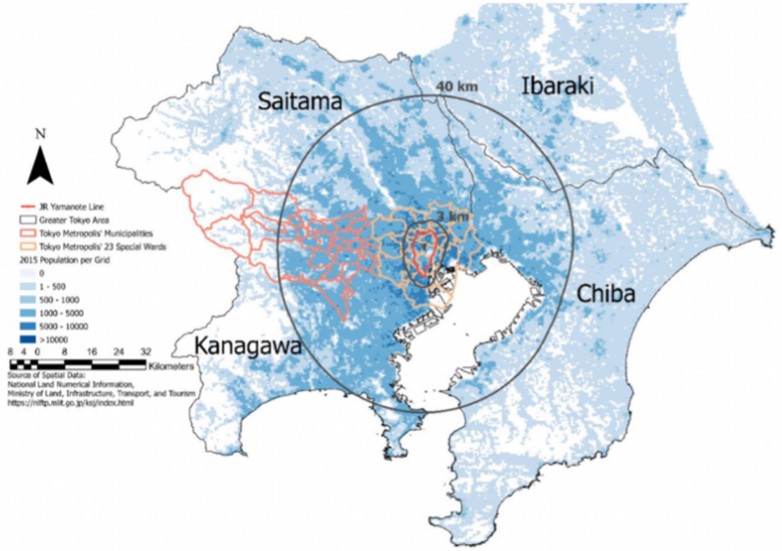

Volume 48
Published on December 2024Volume title: Proceedings of the 3rd International Conference on Art, Design and Social Sciences
The movie Barbie offers a nuanced exploration of gender roles, cultural norms, and the impact of idealized imagery on societal perceptions. By juxtaposing the flawless world of Barbieland with the complexities of the real world, the film subverts traditional views on gender and masculinity. Barbie's evolution from a symbol of perfection to a character grappling with her imperfections serves as a metaphor for the pressures women face in conforming to societal expectations. Through characters like Barbie and Gloria, the film underscores the social and psychological toll of these ideals, presenting a sharp critique of patriarchal norms. Moreover, Barbie cleverly challenges gender hierarchies by reversing roles in Barbieland, where women dominate, highlighting the absurdity of gender expectations. Gloria’s passionate speech and Sasha’s critique underscore the film’s call for more nuanced and authentic representations of women. Ultimately, Barbie invites audiences to reflect on societal norms, encouraging them to embrace imperfection, reject rigid gender roles, and work toward a more inclusive and equitable understanding of identity.

 View pdf
View pdf



With the rapid development of modern society and the accelerated pace of life, sleep disorders have become a significant issue affecting people’s quality of life. Numerous studies indicate that art therapy, as a non-pharmacological treatment, can externalize the subconscious through creative activities, raising it to a conscious level, thus improving the psychological state and sleep quality of individuals with sleep disorders. However, traditional art therapy methods still face certain limitations, often failing to achieve optimal therapeutic outcomes. The fast-growing field of artificial intelligence (AI), with advances in intelligent algorithms and big data analytics, offers new possibilities for the evolution of art therapy, potentially enhancing its effectiveness. This paper aims to explore the feasibility of integrating AI technology into art therapy for individuals with sleep disorders. By examining applications in mandala painting, intelligent wearable devices, and dream visualization, this study proposes innovative therapeutic approaches that combine traditional art therapy with modern AI technology to provide more efficient and personalized therapeutic solutions for those suffering from sleep disorders.

 View pdf
View pdf


From the perspective of social view, we systematically sort out the historical background of Marxism' "second integration",and profoundly understand the profound, innovative, developmental and pluralistic value implications of the "second integration". We should also deeply understand the profound, innovative, developmental, and pluralistic value implications of the "second combination". The traditional Confucian view of society with "Mingde" as its cultural gene and the concept of free human association in the perspective of humanity as a whole have greatly enriched the theoretical connotation of the "second combination". Based on the above rich theoretical connotation,we have taken the "one center", i.e., the social concept of "the world is public" as the center, the "two basic points", i.e., moral cultivation as the fundamental basis of the relationship between oneself and the group, and the "two basic points", i.e., the moral cultivation as the fundamental basis of the relationship between oneself and the group. From "one center", i.e., centering on the social concept of "the world is public", "two basic points", i.e., moral cultivation as the fundamental basis of the relationship between oneself and one's group, and "harmony and difference" as the principle of interaction and integration, we are actively searching for the way of integration and the path of practice of the "second union" under the perspective of the social viewpoint.

 View pdf
View pdf


As getting into Web 2.0, social media as a way of constant interaction is popularizing, with users discussing events that are related to their lives on social media. Spring Festival Gala (SFG), as an annual event on the last day of the lunar Chinese year, is of significant meaning. This paper uses content analysis, choosing the case of 2024 Dragon Year’s Spring Festival Gala, analyzing netizen’s responses and evaluations on Weibo, to discuss how netizens respond to this year’s Spring Festival Gala. This study is helpful in exploring the audience’s acceptance of the SFG through social media, as well as the causes of different responses, to make suggestions and provide considerations for improving the SFG in the future. Stuart Hall’s theory is used as the framework to classify the responses from netizens, which are dominant reading, negotiated reading, and resistive reading. As a result, this paper argues that the dominant reading demonstrates the identification of cultural confidence, Silk Road diplomacy. Negotiated reading demonstrates a kind of stress for the present and uncertainty for the future.

 View pdf
View pdf



This study aims to explore and summarize the relationship between the psychological development of children with autism and the redesign of modern public medical environments, from the perspectives of their basic characteristics and needs, interior functional spaces, and interior design strategies. The research employs methods including literature analysis, field investigations, interdisciplinary studies, and comparative analysis, focusing on the logical relationship of identifying, analyzing, and solving problems. Taking the current state of rehabilitation medical environments as the starting point, the study conducts an analysis of environmental redesign. The findings indicate that updating the design of environments in autism rehabilitation institutions is of significant importance to the psychological development and therapeutic intervention for children with autism, playing a substantial role in treatment enhancement. The study also summarizes relevant design ideas and methods, providing reference and evidence for similar project research.

 View pdf
View pdf



This research investigates the impact of passive house construction on energy consumption and living experience in Chongqing, China. The study involves both primary and secondary methodology, which is represented in both qualitative and quantitative formats. The primary research evidence is collected from an online questionnaire and interviews with designers and engineers in the industry. The secondary evidence is collected from a range of online sources including relevant and credible academic articles, essays and news reports, and government reports. A case study based on a passive house project in Hebei is used to compare with passive house construction in Chongqing. The key areas considered in the study are the environment, policies, and social aspects and the impact of passive house construction on the living experience of the residents. The research concludes that passive house construction has positive results from both climate and policy perspectives. In terms of climate, it is environmentally friendly and energy-efficient. The development of more policies technologies will be the main driving force or motivation for more passive house construction.

 View pdf
View pdf



Tokyo, as a leading global metropolis, exemplifies the complex interplay between rapid urban expansion and associated challenges. This paper explores Tokyo's developmental issues since 1950, focusing on population density, land resource shortages, agricultural land decline, waste management, and disaster preparedness. Despite its status as Japan’s economic, cultural, and administrative center, Tokyo's limited land area and unique geographical constraints present significant hurdles. The study evaluates the city's responses to these challenges through urban planning and policy making, assessing both the effectiveness of existing solutions and areas for improvement. The paper highlights the need for a multifaceted approach involving strategic planning, innovative solutions, and collaborative efforts to enhance Tokyo’s resilience and sustainability. While providing valuable insights into Tokyo’s urbanization challenges, the study acknowledges limitations such as inconsistent data availability and the difficulty in measuring policy impacts. Future research should include comparative studies with other global megacities to identify universal and unique urbanization challenges and investigate the long-term effects of specific policies and practices on urban sustainability and quality of life.

 View pdf
View pdf



With the development of technologies such as 3D printing and artificial intelligence, robotic lunar construction has gradually become a reality. In recent years, many countries have conducted research on lunar construction, among which lunar in-situ resource utilization construction is the most promising option for lunar construction, and intelligent robot construction is the main method of in-situ resource utilization construction. This paper analyzes the trend of intelligent construction and the necessity of lunar construction, and concludes that lunar construction robots have great development prospects and value. Using "ISRU, intelligent construction robot, 3D printing" as keywords, using the method of literature analysis, literature retrieval is conducted on China National Knowledge Infrastructure and Google Scholar databases, and the types of lunar bases, the acquisition of lunar resources, the classification of intelligent construction robots, and the 3D printing technology and Fully adaptable robot assembly and construction technology in lunar in-situ resource utilization are analyzed. The concept, classification, function, auxiliary 3D printing technology and materials required for 3D printing are analyzed in detail. The assembled mortise and tenon structure, fully adaptable assembly robot technology and underground construction technology are described in detail. The intelligent construction technology involved in lunar in-situ resource utilization construction (ISRU) and how to adapt to the lunar environment for construction are systematically analyzed, and the challenges faced in realizing robotic lunar construction are briefly outlined. It provides ideas for scholars studying intelligent construction robots.

 View pdf
View pdf



Mazu, also known as Tianhou/Tianfei is the most prosperous belief in Chinese Mainland and in the shipping developed areas like Hong Kong, Macao, Taiwan, and overseas Chinese immigrants’ communities. It forms a unique belief system with goddess worship as its core, and form a religious culture integrating marine culture. This article focuses on the main carrier of Mazu belief, Mazu Temples, and attempts to sort out its architectural evolution strategies in the development of history. This article briefly analyzes the similarities and differences in the forms of Mazu temples in their birthplace and overseas regions. And a systematic summary is proposed, that is, Mazu Temple is not only a religious building and a sacred space experience. But more importantly, it act as a cultural and spiritual symbol, playing a different role in the dissemination of Mazu culture at home and abroad for communication purposes.In previous studies on Mazu culture and beliefs, the vast majority of researchers only focused on the changes in Mazu beliefs themselves, including the evolution of artistic sculptures, paintings, ritual offerings, and their political significance. But few people pay attention to Mazu Temple, or in other words, Mazu Temple, as an important material carrier of Mazu belief, has always been regarded by believers as a simple religious place and used by scholars as a way to study the development of Mazu belief, while its importance in architecture has been ignored.

 View pdf
View pdf


This research paper explores the concept of third spaces—transitional areas that foster social interaction, equality, and cultural exchange amidst the challenges of urbanization and globalization. As digitization enables remote work, the significance of these accessible spaces has grown, allowing individuals to engage in both professional and personal activities in public settings. This study examines two prominent examples of third spaces: Shanghai's Columbia Circle and Beijing's Mix Island, highlighting their unique characteristics and the benefits they offer to urban communities. This research paper will also include different people’s perspectives towards the renovation of these two locations, and a compare and contrast between them, reflecting the concept of third space. While third spaces facilitate communication and relaxation, they also present challenges related to their multifunctional use. Some scholars have applied the concept of third spaces to specific urban contexts, exploring how these spaces contribute to social cohesion, cultural exchange, and community building. For instance, a study examines how space in Chimamanda Ngozi Adichie's short story collection, "The Thing Around Your Neck," serves as a mirror of cultural tensions and intricate dynamics between gender, race, location, space, and authority. Much of the past research has not focused on the Chinese example. Therefore, this essay differs from other papers because it will give two examples from China to help illustrate the concept of the third space.

 View pdf
View pdf




